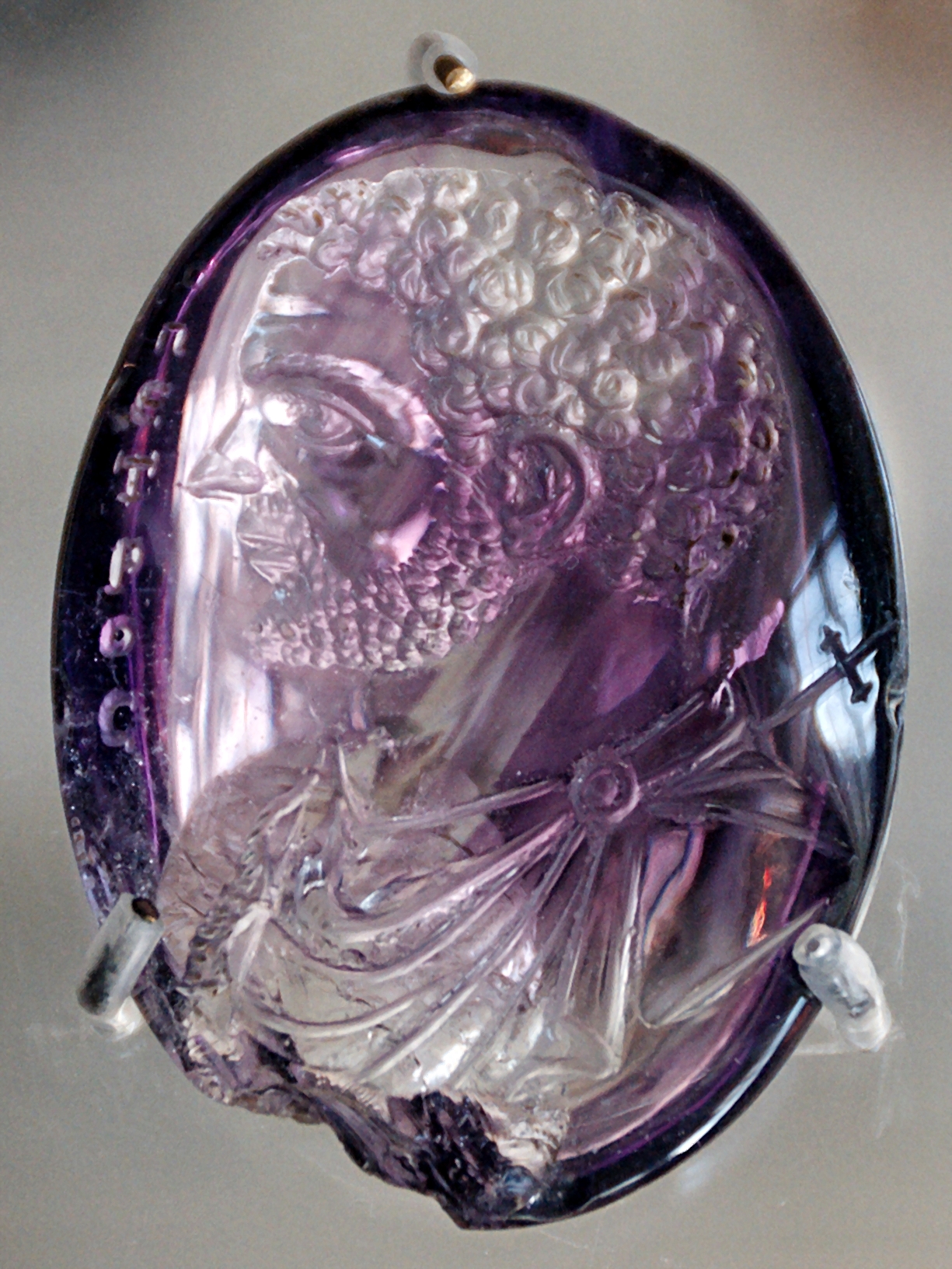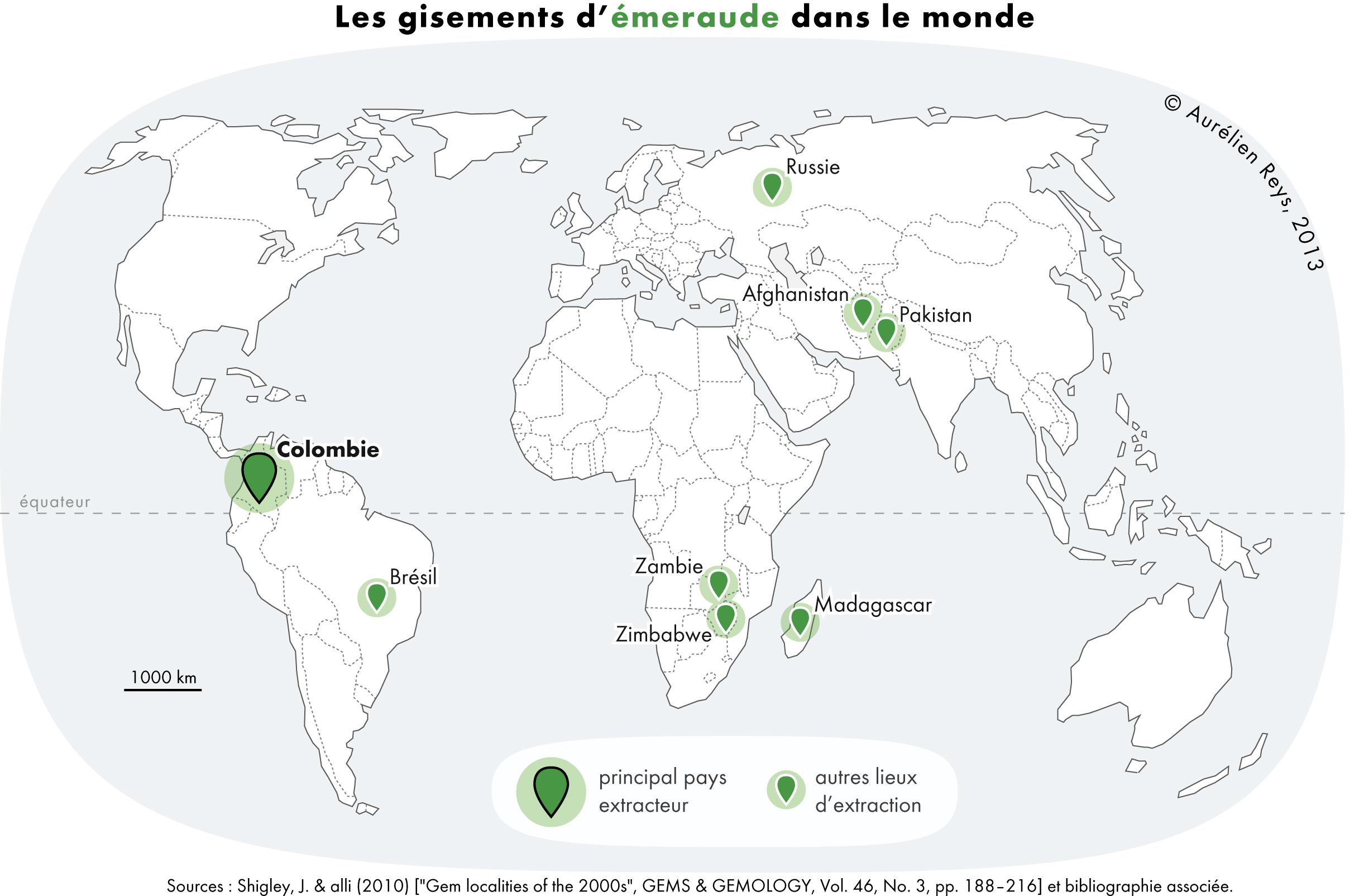|
Marlborough Gems
The Marlborough gems were a large collection of jewels ( cameos and intaglios) assembled by several Dukes of Marlborough. The collection was composed of more than 730 carved gemstones, including garnets, sapphires, emeralds and many cameos. The most famous cameo, and the Duke's favourite, was 'The Marriage of Cupid and Psyche'. A comprehensive catalogue was published in 1870 by Nevil Story Maskelyne. He made impressions and electrotypes, now in the Beazley Archive in Oxford, which have been published. The Marlborough gems were sold by the 7th Duke of Marlborough at auction in 1875 to raise money for the maintenance of Blenheim Palace Blenheim Palace (pronounced ) is a country house in Woodstock, Oxfordshire, England. It is the seat of the Dukes of Marlborough and the only non-royal, non- episcopal country house in England to hold the title of palace. The palace, on ..., the ancestral home.''The Marlborough Gems: Being a Collection of Works in Cameo and Intaglio For ... [...More Info...] [...Related Items...] OR: [Wikipedia] [Google] [Baidu] |
Cameo (carving)
Cameo () is a method of carving an object such as an engraved gem, item of jewellery or vessel. It nearly always features a raised (positive) relief image; contrast with intaglio, which has a negative image. Originally, and still in discussing historical work, cameo only referred to works where the relief image was of a contrasting colour to the background; this was achieved by carefully carving a piece of material with a flat plane where two contrasting colours met, removing all the first colour except for the image to leave a contrasting background. A variation of a carved cameo is a cameo incrustation (or sulphide). An artist, usually an engraver, carves a small portrait, then makes a cast from the carving, from which a ceramic type cameo is produced. This is then encased in a glass object, often a paperweight. These are very difficult to make but were popular from the late 18th century through the end of the 19th century. Originating in Bohemia, the finest examples were mad ... [...More Info...] [...Related Items...] OR: [Wikipedia] [Google] [Baidu] |
Intaglio (jewellery)
An engraved gem, frequently referred to as an intaglio, is a small and usually semi-precious gemstone that has been carved, in the Western tradition normally with images or inscriptions only on one face. The engraving of gemstones was a major luxury art form in the Ancient world, and an important one in some later periods. Strictly speaking, ''engraving'' means carving ''in intaglio'' (with the design cut ''into'' the flat background of the stone), but relief carvings (with the design projecting ''out of'' the background as in nearly all cameos) are also covered by the term. This article uses ''cameo'' in its strict sense, to denote a carving exploiting layers of differently coloured stone. The activity is also called ''gem carving'' and the artists ''gem-cutters''. References to antique gems and intaglios in a jewellery context will almost always mean carved gems; when referring to monumental sculpture, counter-relief, meaning the same as ''intaglio'', is more likely to be used ... [...More Info...] [...Related Items...] OR: [Wikipedia] [Google] [Baidu] |
Dukes Of Marlborough
Duke of Marlborough (pronounced ) is a title in the Peerage of England. It was created by Queen Anne in 1702 for John Churchill, 1st Earl of Marlborough (1650–1722), the noted military leader. In historical texts, unqualified use of the title typically refers to the 1st Duke. The name of the dukedom refers to Marlborough in Wiltshire. The earldom of Marlborough was held by the family of Ley from its creation 1626 until its extinction with the death of the 4th earl in 1679. The title was recreated 10 years later for John Churchill (in 1689). History of the dukedom Churchill had been made ''Lord Churchill of Eyemouth'' (1682) in the Peerage of Scotland, and ''Baron Churchill'' of Sandridge (1685) and ''Earl of Marlborough'' (1689) in the Peerage of England. Shortly after her accession to the throne in 1702, Queen Anne made Churchill the first ''Duke of Marlborough'' and granted him the subsidiary title ''Marquess of Blandford''. In 1678, Churchill married Sarah Jennings (16 ... [...More Info...] [...Related Items...] OR: [Wikipedia] [Google] [Baidu] |
Garnet
Garnets () are a group of silicate minerals that have been used since the Bronze Age as gemstones and abrasives. All species of garnets possess similar physical properties and crystal forms, but differ in chemical composition. The different species are pyrope, almandine, spessartine, grossular (varieties of which are hessonite or cinnamon-stone and tsavorite), uvarovite and andradite. The garnets make up two solid solution series: pyrope-almandine-spessartine (pyralspite), with the composition range ; and uvarovite-grossular-andradite (ugrandite), with the composition range . Etymology The word ''garnet'' comes from the 14th-century Middle English word ''gernet'', meaning 'dark red'. It is borrowed from Old French ''grenate'' from Latin ''granatus,'' from ''granum'' ('grain, seed'). This is possibly a reference to ''mela granatum'' or even ''pomum granatum'' ('pomegranate', ''Punica granatum''), a plant whose fruits contain abundant and vivid red seed covers ( arils), whic ... [...More Info...] [...Related Items...] OR: [Wikipedia] [Google] [Baidu] |
Sapphire
Sapphire is a precious gemstone, a variety of the mineral corundum, consisting of aluminium oxide () with trace amounts of elements such as iron, titanium, chromium, vanadium, or magnesium. The name sapphire is derived via the Latin "sapphirus" from the Greek "sappheiros", which referred to Lapis lazuli, lapis lazuli. It is typically blue, but natural "fancy" sapphires also occur in yellow, purple, orange, and green colors; "parti sapphires" show two or more colors. Red corundum stones also occur, but are called ruby, rubies rather than sapphires. Pink-colored corundum may be classified either as ruby or sapphire depending on locale. Commonly, natural sapphires are cut and polished into gemstones and worn in jewellery, jewelry. They also may be created synthetically in laboratories for industrial or decorative purposes in large boule (crystal), crystal boules. Because of the remarkable hardness of sapphires 9 on the Mohs scale of mineral hardness, Mohs scale (the third hardest ... [...More Info...] [...Related Items...] OR: [Wikipedia] [Google] [Baidu] |
Emerald
Emerald is a gemstone and a variety of the mineral beryl (Be3Al2(SiO3)6) colored green by trace amounts of chromium or sometimes vanadium.Hurlbut, Cornelius S. Jr. and Kammerling, Robert C. (1991) ''Gemology'', John Wiley & Sons, New York, p. 203, . Beryl has a hardness of 7.5–8 on the Mohs scale. Most emeralds are highly included, so their toughness (resistance to breakage) is classified as generally poor. Emerald is a cyclosilicate. Etymology The word "emerald" is derived (via fro, esmeraude and enm, emeraude), from Vulgar Latin: ''esmaralda''/''esmaraldus'', a variant of Latin ''smaragdus'', which was a via grc, σμάραγδος (smáragdos; "green gem") from a Semitic language. According to Webster's Dictionary the term emerald was first used in the 14th century. Properties determining value Emeralds, like all colored gemstones, are graded using four basic parameters–the four ''C''s of connoisseurship: ''color'', ''clarity,'' ''cut'' and ''carat weight''. N ... [...More Info...] [...Related Items...] OR: [Wikipedia] [Google] [Baidu] |
Nevil Story Maskelyne
Mervyn Herbert Nevil Story Maskelyne (3 September 1823 – 20 May 1911) was an English geologist and politician. Scientific career Educated at Wadham College, Oxford, Maskelyne taught mineralogy and chemistry at Oxford from 1851, before becoming a professor of mineralogy, 1856–95. He was Keeper of Minerals at the British Museum from 1857 to 1880. He was made an honorary Fellow of Wadham in 1873. Maskelyne was also a pioneer of photography and an associate of Fox Talbot. The meteoritic mineral ''maskelynite'' was named after him. Family Mervyn was the eldest son of Antony Mervin Reeve Story and Margaret Maskelyne, the daughter of the Astronomer Royal, Nevil Maskelyne. The family adopted the name of Maskelyne on Nevil's coming of age as they had inherited that family's estate at Basset Down in Wiltshire. Mervyn married Thereza Mary Dillwyn-Llewelyn (1834 – 21 February 1926) - Welsh astronomer and pioneer in scientific photography - on 29 June 1858. Their daughter Mar ... [...More Info...] [...Related Items...] OR: [Wikipedia] [Google] [Baidu] |
Blenheim Palace
Blenheim Palace (pronounced ) is a country house in Woodstock, Oxfordshire, England. It is the seat of the Dukes of Marlborough and the only non-royal, non- episcopal country house in England to hold the title of palace. The palace, one of England's largest houses, was built between 1705 and 1722, and designated a UNESCO World Heritage Site in 1987. The palace is named after the 1704 Battle of Blenheim. It was originally intended to be a reward to John Churchill, 1st Duke of Marlborough for his military triumphs against the French and Bavarians in the War of the Spanish Succession, culminating in the Battle of Blenheim. The land was given as a gift, and construction began in 1705, with some financial support from Queen Anne. The project soon became the subject of political infighting, with the Crown cancelling further financial support in 1712, Marlborough's three-year voluntary exile to the Continent, the fall from influence of his duchess, and lasting damage to the ... [...More Info...] [...Related Items...] OR: [Wikipedia] [Google] [Baidu] |




